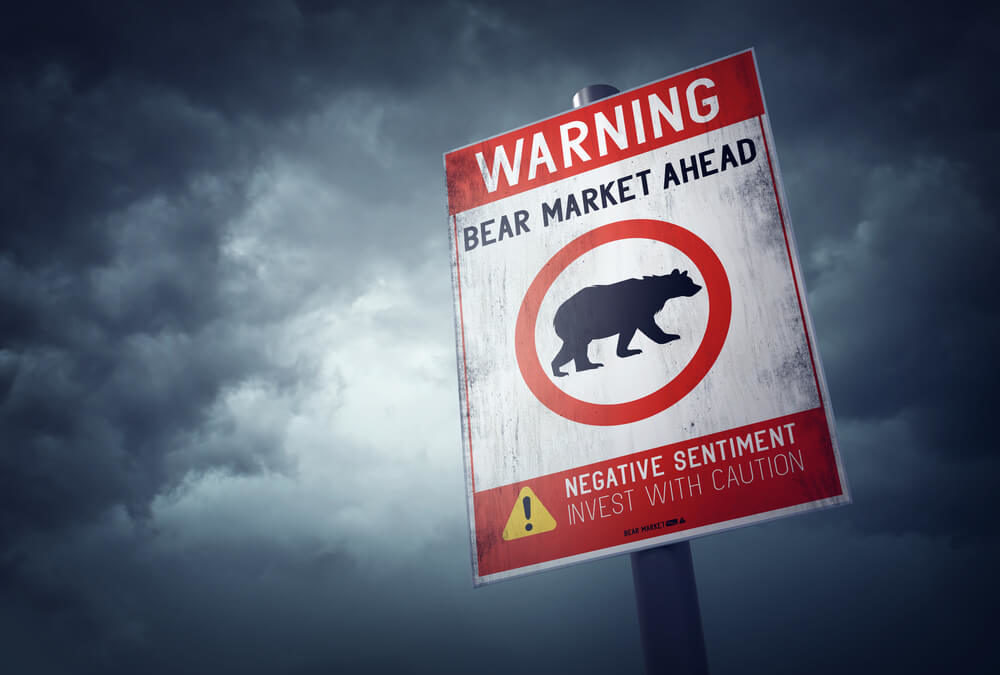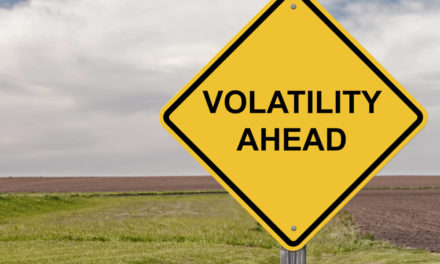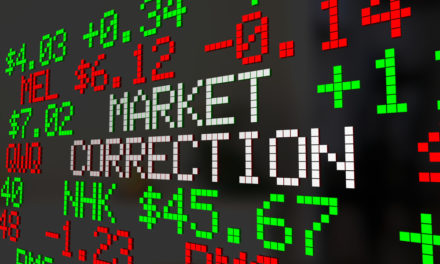The stock market has been volatile during October, with few places scarier than Wall Street during the month. The Dow is down 6 percent, the S&P is down nearly 5 percent and the Nasdaq has entered correction territory down 10.3 percent.
It has been the single-worst month for stocks since 2008, and Bank of America says 14 of its 19 signals for a bear market have been triggered.
Per a recent article by TechWire:
“Expect a long bout of volatility,” Bank of America strategists led by Savita Subramanian wrote in a report published on Sunday.
Bank of America has a running tally of 19 “signposts” that signal when the bear market is upon us, and nearly three-quarters of the signals have been triggered. Two more went off during the month of October, with the Volatility Index (VIX) climbing over 20 and the number of Americans that expect stocks to go up also crossing a threshold.
Investors are now contemplating the demise of the record bull market, which began its run in March of 2009.
The ongoing trade war with China, rising interest rates by the Federal Reserve and a recent spike in the 10-year Treasury yield also have sent investors heading for the hills. Even strong reports on the economy and mostly great quarterly earnings calls haven’t been able to fend off market bearishness.
“If US companies can’t blow away the numbers when domestic GDP is growing at +3%, when exactly will they?” Nicholas Colas, co-founder of DataTrek Research, wrote to clients.
BEAR MARKET WARNING LIGHTS FLASHING
We aren’t in a bear market yet, but the hazard light is flashing. Though, Bank of America says there is little evidence of the type of investor euphoria that overheats the market, and banks haven’t begun tightening up lending conditions.
The good news is that Bank of America said that previous market tops were preceded by a higher percentage of bear market signposts being triggered. Four of the past seven bull markets peaked with 100% of the indicators being triggered.
Bank of America found that it has taken the S&P 500 21 months on average to peak when a similar percentage of signposts were toppled.
“History says we’ve got 21 months,” the analysts wrote.
ARE EARNINGS FEARS OVERDONE?
High volatility in and of itself doesn’t mean stocks must go down. The VIX rose from 15 to around 25 during the five-year period between 1993 and 1998, when the S&P 500 generated returns of 22 percent during that span.
A major concern is corporate profit growth decelerating into 2019, triggered by a slower economy as the impact of the tax cuts fades.
However, Bank of America isn’t worried because the S&P 500 has posted roughly average returns in the three and six months following peak profit growth.
Many Wall Street pros won’t be willing to call the end of the bull market until a closely watched recession predictor goes negative. The yield curve — the difference between long- and short-term Treasury rates — has inverted before every recession since in the past 60 years, according to the San Francisco Federal Reserve.
Although the yield curve has flattened in recent months, it has yet to go negative.
“That tells me we’ve got a ways to go,” said Andrew Slimmon, senior portfolio manager at Morgan Stanley Investment Management.
Even after the yield curve goes to zero, the stock market doesn’t peak for more than a year, Slimmon said.
“This is just a correction within a bull market,” he said.




